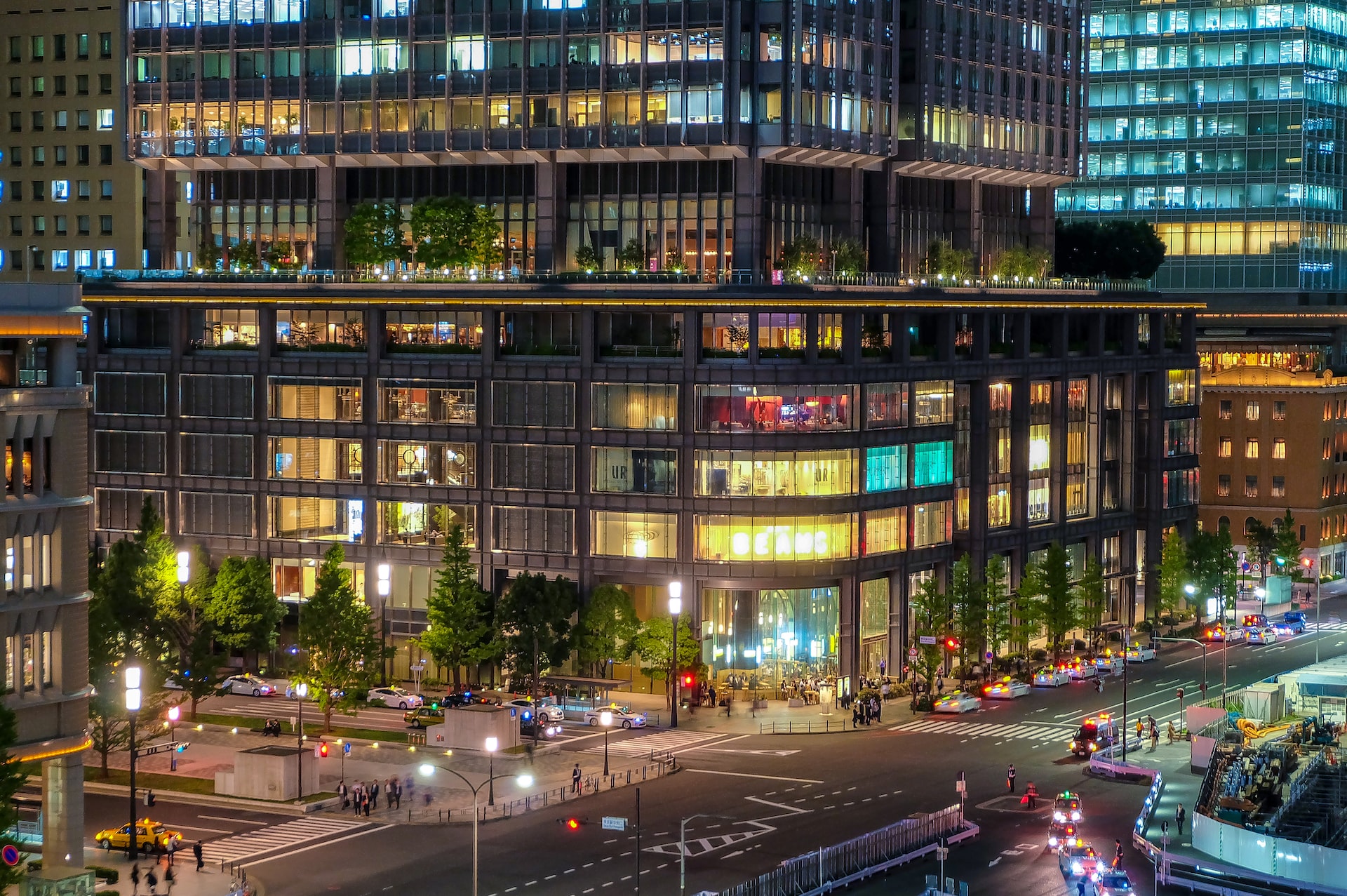You walk into a room with only light from a few flickering fluorescent bulbs. Other than that you can’t see a thing. Uncomfortable? Probably. But this isn’t some horror movie – it’s just an example of commercial lighting solutions failing to meet our needs effectively.
Thankfully, new technologies are available to meet modern standards, which come from LED lighting solutions for businesses. Any commercial space will need lighting at one time or another, whether it’s offices, restaurants, retail stores, hotels, or any other business establishment that has interior spaces that people need to see to do their job (or their leisure) effectively. Lighting can be expensive, but there are ways to reduce costs without compromising quality and effectiveness.
Contents
Commercial Lighting
When we discuss commercial lighting, we generally discuss the use of artificial light in the workplace, particularly where the light source comes from the building’s electrical grid. As such, commercial lighting supply includes features like indoor illumination (which varies depending on the function of a given space), outdoor illumination, bathroom illumination, and emergency exit signs, or this under cabinet lighting from Simple Lighting. With the new technology available today the possibilities are endless.
To see some great examples of commercial lighting, head over to CDM2lightworks.com. This site not only shows the basics of commercial lighting but also how creative you can be when lighting your space.
LED Lights
LED stands for Light Emitting Diode. It’s a semiconductor that emits light when an electrical current passes through it. The LED was first invented in the 1940s but wasn’t used in commercial space until the mid-2000s, when it was finally able to meet the standards for quality and efficiency. LEDs are available in different wavelengths for different purposes. This means that two LEDs can be the same size and shape, but emit different wavelengths of light.
LEDs are a very efficient and cost-effective way of lighting commercial spaces. They consume only a fraction of the energy that is required by traditional lighting and last for up to 50,000 hours, which is about 10 to 20 times the lifespan of fluorescent lighting. LED lighting also produces very little heat, and has no UV emissions to damage sensitive items, making them a great option for retail spaces.
The Benefits of LED Lighting
The benefits of LED lighting in commercial spaces depend on the type of application – but there are many to choose from, including retail, office, hospitality, and healthcare. The kind you choose will depend on the design and purpose of the space, but some benefits apply to all applications.
- Improved productivity: When employees have the right lighting level, they can increase their productivity by up to 50%. With lower energy costs and less maintenance required, you’ll also see a reduction in your expenses, making it a sound investment.
- Health and safety: The proper lighting can reduce eye strain and help you avoid health issues like headaches and fatigue by preventing you from looking at screens too long. It can also be a safety feature, helping to deter theft and increase security, particularly in retail spaces.
- Sustainability: LED lighting can reduce CO2 emissions by up to 90% and water consumption by up to 80%, making it an environmentally friendly option.
Types of LED Lights
To ensure that you get the exact lighting that you need for the commercial spaces in your building, you’ll need to choose the right type of LED lights for the job. Below are examples of commercial LED lighting types, along with the ideal applications for each.
- Floodlights: Floodlights are helpful when you need to light up a large space or area. You can control the brightness and direction of the light to suit the situation’s needs.
- Spotlights: Spotlights are used to create focused light on one specific area.
- Area lighting: Area lighting is used to light up a larger room while providing a softer light than spotlights.
- Wall lights: Wall Lights are designed to be mounted directly to the wall. You can use them in hallways, stairwells, and other areas with limited floor space.
- Tunable white LEDs: These are an excellent option for businesses that want the benefits of LED lighting without sacrificing the quality of light.
LED lighting is an excellent alternative to traditional lighting for commercial and residential spaces. It’s more energy efficient, lasts longer, and puts out less heat than most other types of lights. If you’re looking to update your commercial space with new lighting, a good option is to hire an LED lighting company.

